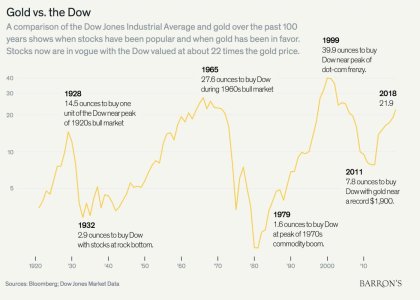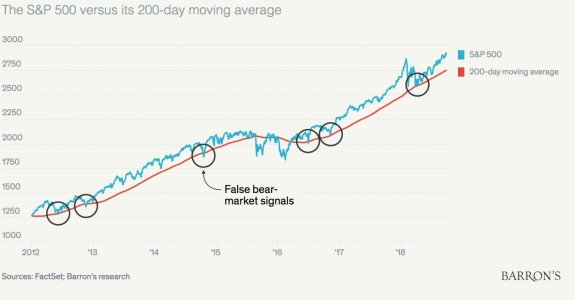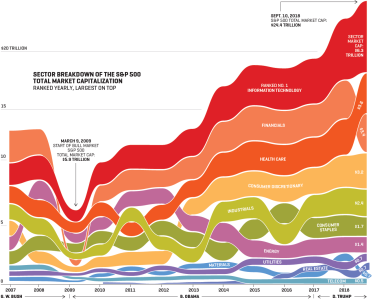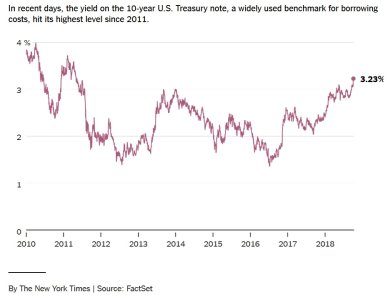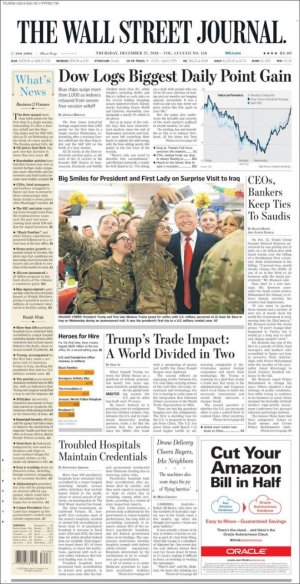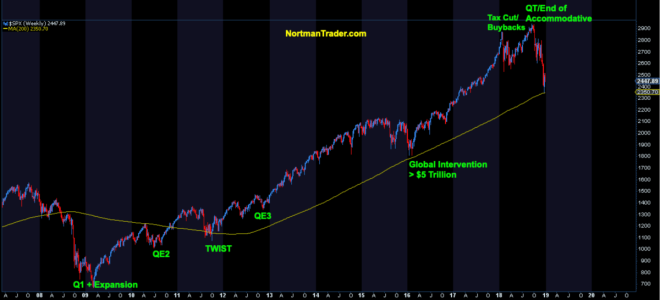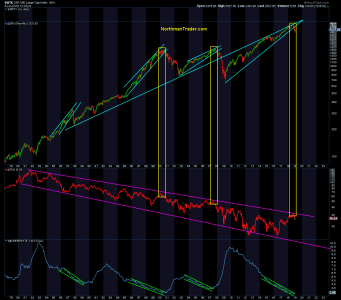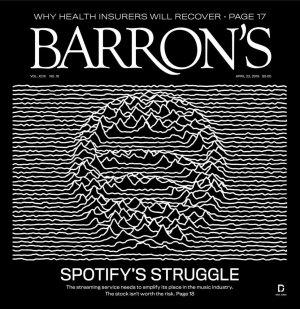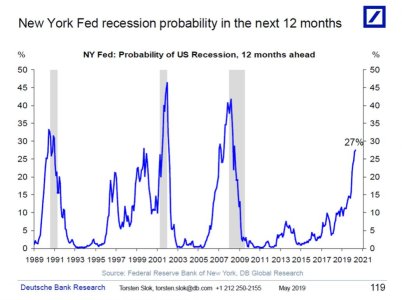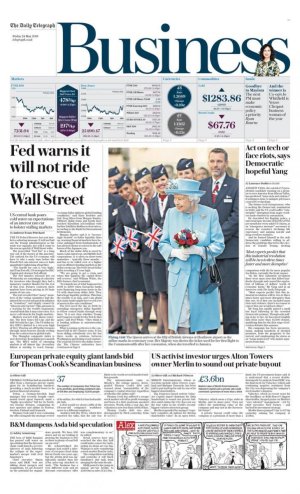Ebenezer Scrooge
Famo domani
- Registrato
- 22/9/00
- Messaggi
- 32.558
- Punti reazioni
- 3.710
Gentilmente FoL ci rammenta due aspetti decisivi da tenere in mente:
1) don't fight the FED;
2) la fine del mondo non è vicina ma volendo si potrebbe...
Universa: il fondo Cigno Nero che punta sulla fine del mondo e triplica scommesse - FinanzaOnline
24/09/2018 13:57
Si chiama Universa Investments, è un fondo black swan, in stile cigno nero, dunque, e ha una caratteristica che non può passare certo inosservata: dieci anni dopo la crisi Lehman Brothers, nel ben mezzo del mercato toro più lungo della storia di Wall Street, Universa Investments è, di fatto, il fondo che scommette sulla fine del mondo. Così il suo responsabile investimenti Mark Spitznagel, intervistato dalla televisione Bloomberg:
“Continuiamo a intravedere crash sempre più profondi, semplicemente per il fatto che l’interventismo si fa sempre più incisivo”. Non che la fine del mondo sia imminente, però. Il consiglio del manager è semplice: “Non andate contro la Fed: quello che dovete fare è una sorta di jiu-jitsu nei confronti della Fed. Dovete mettere in un certo senso la Fed contro la Fed”.



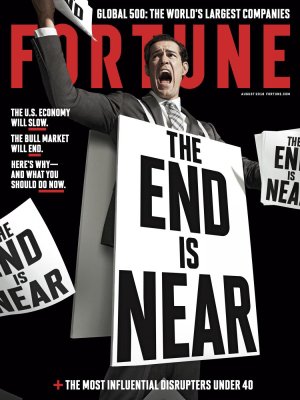
1) don't fight the FED;
2) la fine del mondo non è vicina ma volendo si potrebbe...
Universa: il fondo Cigno Nero che punta sulla fine del mondo e triplica scommesse - FinanzaOnline
24/09/2018 13:57
Si chiama Universa Investments, è un fondo black swan, in stile cigno nero, dunque, e ha una caratteristica che non può passare certo inosservata: dieci anni dopo la crisi Lehman Brothers, nel ben mezzo del mercato toro più lungo della storia di Wall Street, Universa Investments è, di fatto, il fondo che scommette sulla fine del mondo. Così il suo responsabile investimenti Mark Spitznagel, intervistato dalla televisione Bloomberg:
“Continuiamo a intravedere crash sempre più profondi, semplicemente per il fatto che l’interventismo si fa sempre più incisivo”. Non che la fine del mondo sia imminente, però. Il consiglio del manager è semplice: “Non andate contro la Fed: quello che dovete fare è una sorta di jiu-jitsu nei confronti della Fed. Dovete mettere in un certo senso la Fed contro la Fed”.






